If you have pets at home, you know that they love houseplants. Whether it is to bat at the leaves, dig in the soil, or munch on them, indoor plants are part of the home jungle that belongs to the animals of the house. You may also know that there are some houseplants that are poisonous to pets. While you may not be able to stop your furry friends from chewing on the plants (and make sure you read on to see why they actually should), you can pick and choose which houseplants you keep in paw’s reach in order to create a pet-safe, worry-free environment.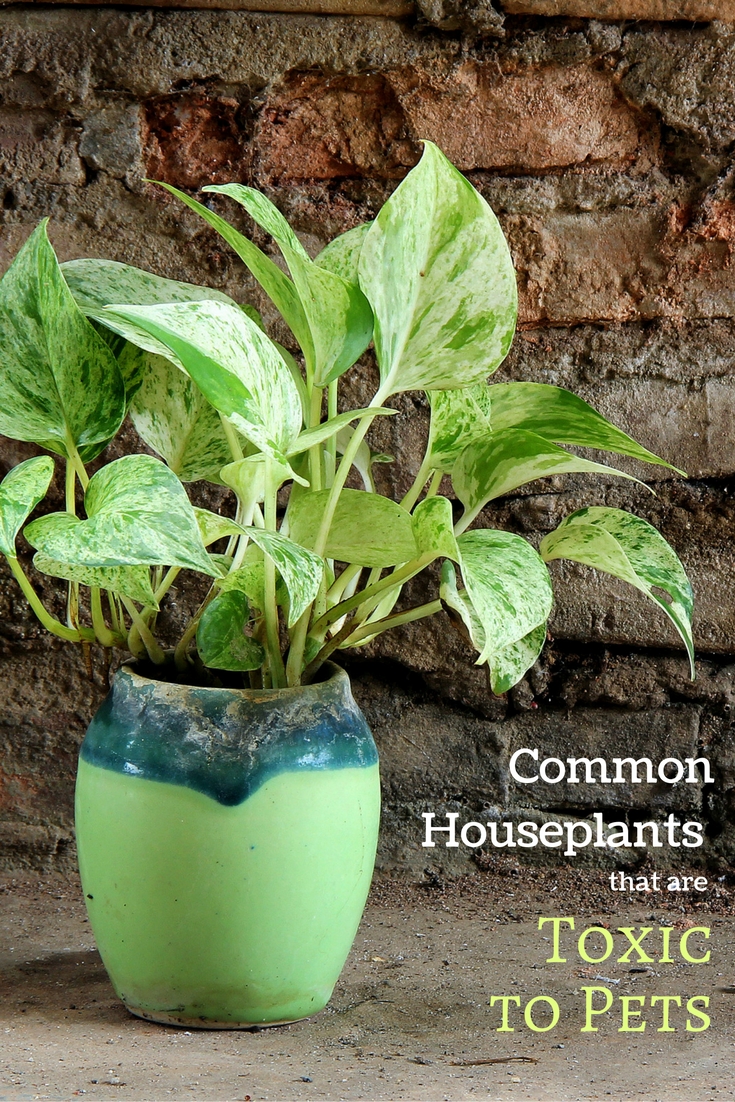
After my small 9-pound Boston Terrier had a seizure one day, I looked around to see what might have caused it. While I may never know the definite cause of that seizure, I was horrified to see that one of my houseplants had clearly been chewed. I looked up the plant and found out that it is toxic to pets.
Luckily, it is only mildly toxic, but it was enough for me to do my research and bone up on which plants I do not want to keep in my pet-friendly home.
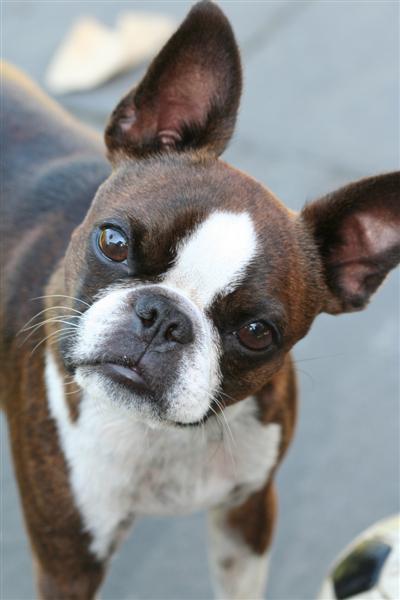
For information on which garden plants are toxic to pets, head over to this article:
Let Them Eat Plants!
Teaching pets not to eat plants is a losing battle. Cats and dogs need to eat some roughage to help with digestion. For instance, cats eat plants so they can vomit and—despite the unpleasantness of it for humans—that’s a healthy activity for cats.
Cats will commonly eat grass to help them dislodge hairballs. Cats can’t digest grass nor plant material and therefore it causes them to throw up. When they vomit, they can clear out the undigested fur, feathers, or bone that is irritating their stomach. So, instead of trying to stop your cat from eating grass, make them their own cat grass garden! Provide some sprouted wheatgrass in a shallow indoor planter for them to munch on and get rid of the common houseplants that are poisonous to pets.
Dogs eat grass and plants as well, but not to vomit. Adding some plant material to their diet can help with digestion by adding fiber or nutrients that they are not getting in their food. Try adding chunks of pumpkin or sweet potato to Fido’s food or add finely processed vegetables like broccoli, carrots, and celery. In addition, giving dogs antlers to gnaw on helps them satisfy the need to chew. These tips may help to prevent dogs from indoor plant grazing and keep them safe from the poisonous ones.
Houseplants that are Poisonous to Pets
The following is a list of common houseplants that are poisonous to pets, and exactly how toxic they are. Some of these will cause a minor tummy ache, while others are more severe and require an immediate trip to the vet if ingested. For more information, check out this article.
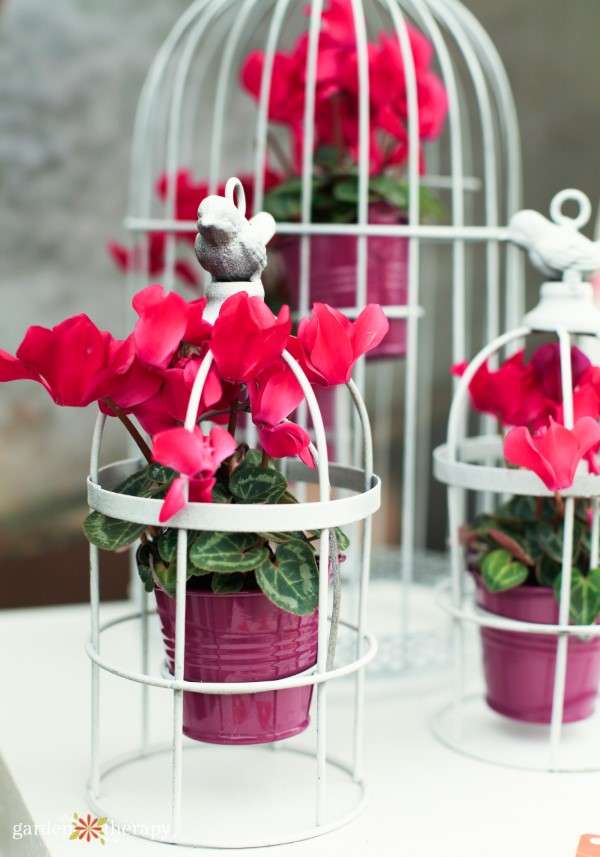
Rating: Mild to Moderate
Aloe Vera: Aloe can cause nausea and vomiting, and a change in urine color. Instead, try: Hens and Chicks (Sempervivum tectorum).
Amaryllis: Ingestion of the leaves, stems and bulbs of this popular holiday plant can cause vomiting and difficulty breathing. Instead, try: Hibiscus (Hibiscus syriacus).
Araceae family: These common houseplants plants include Alocasia, Arrowhead Plant, Calla lily, Chinese Evergreen, Dieffenbachia, Elephant’s Ear (Colocasia), Peace Lily, Philodendron, Pothos, and Schefflera are common houseplants that can be bad for pets who like to chew on plants. They can cause mouth swelling and your pet could have difficulty breathing and swallowing. Instead, try: Zebra Plant (Aphelandra squarrosa).
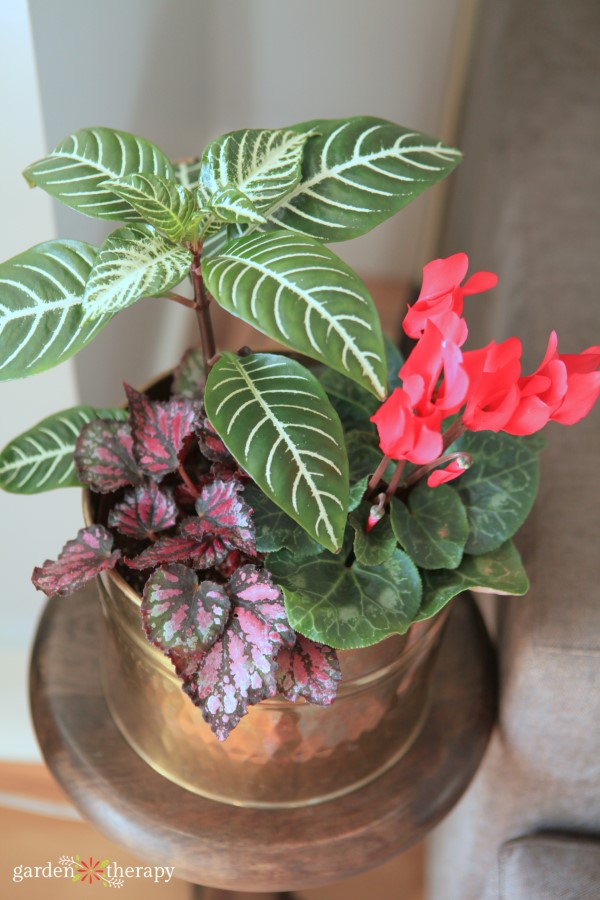
Cyclamen: The roots of Cyclamen are toxic to pets, so if you keep this plant, be sure you trust that your pet will not dig it up and eat the roots. Instead, try: African Violet (Saintpaulia).
Ivy: Ivy is both a common houseplant and garden plant that is toxic to pets. Instead, try: Ferns.
Poinsettia: Poinsettias have been long rumored to be greatly poisonous to pets, but the report is somewhat overblown. They certainly are somewhat toxic to animals and can cause some drooling or at worst diarrhea. While it’s a good idea to prevent pets from eating poinsettias, there is no need to panic if they do. Instead, try: Christmas Cactus (Schlumbergera).
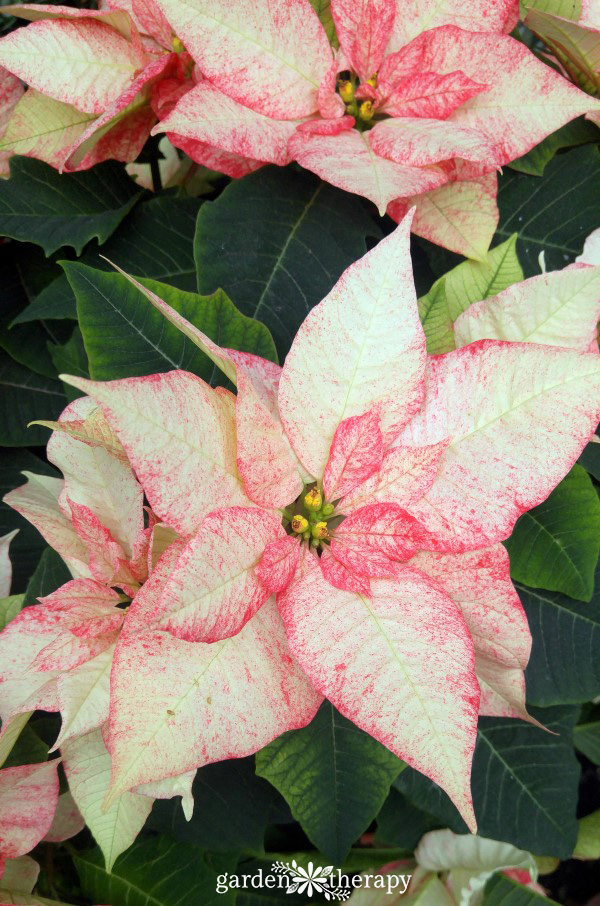
Rating: Severe
Bird of Paradise: Because of its gorgeous flower, this houseplant is often given as a gift, and few people realize that this is very poisonous to cats and dogs. Symptoms develop quickly and so it’s best to seek immediate medical help for your pet if any parts are ingested. Instead, try: Orchids (Orchidaceae).
Kalanchoe: Ingestion can cause serious consequences for cats and dogs. It contains a toxin that affects the heart. Keep these pretty flowering plants away from your pets to be safe. Instead, try: Lipstick Plant (Aeschynanthus).
Sago Palm is a tropical houseplant. All parts of the sago are toxic, but especially the “nuts” or seeds. Just a small amount can make your pet severely ill. Instead, try: Areca Palm (Dypsis lutescens).
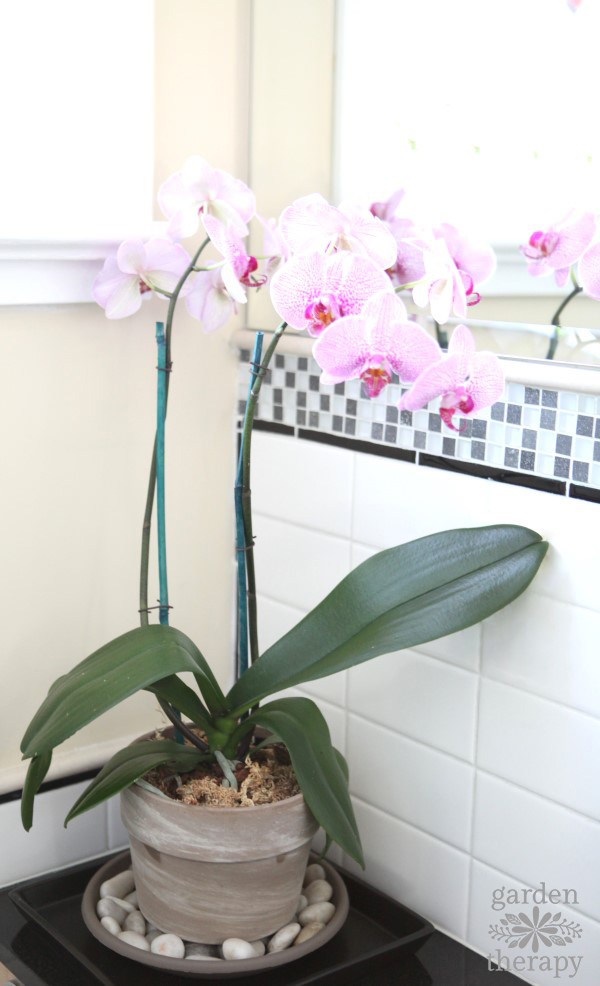




Thank you Stephanie for your list of harmful plants for pets and ideas for substitutions! I have aloe plants everywhere so I will look to move them to more inaccessible places. Luckily, so far, my cats have shown no interest in them. I’m off to get some wheatgrass to start ???? and then rethink my indoor plants ????????
While I appreciate the article, reference to cat vomiting fur, feathers, and bones means that they are killing and eating birds, which adds to the lower populations of our precious flying friends. I keep my cat inside where she lives a much safer, healthier lifestyle.
Hi Robin, the reference was meant to describe how cats digestive systems are built, not to condone cats eating wild birds. I feed all my pets a raw diet, and that means they get bones and chicken wings to snack on. There are also a few ways to prevent cats from killing birds, like bells and this collar: https://www.birdsbesafe.com/ which looks a bit funny but it works like a charm!